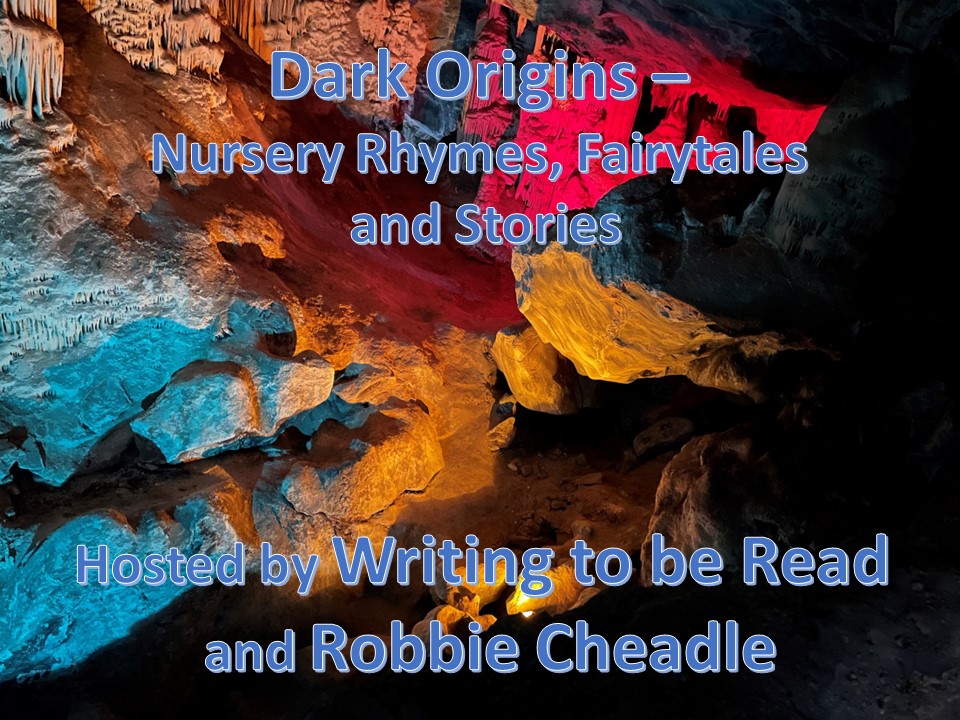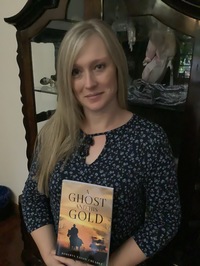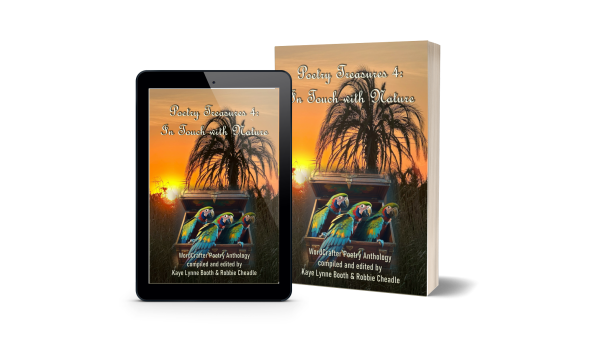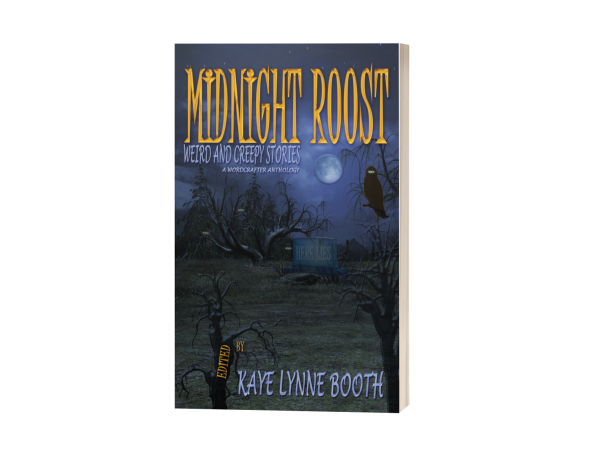Dark Origins – the dark origin of Valentine’s Day and its link to Chaucer
Posted: February 22, 2023 Filed under: Uncategorized 49 Comments
Modern Valentine’s Day is celebrated as the day of lovers. People give each other chocolates and flowers as gifts and often do something special with their partner.
Valentine’s Day did not start off as the cutesy day filled with candy and cuddles we know, it’s origins were dark and bloody.
Lupercalia
The date of 14 February coincides with the ancient Roman festival of Lupercalia which was celebrated annually on the 15th of February. The aim of the festival was to purify Rome and promote health and fertility and certain rites or observances were undertaken to achieve this aim.
These rites took place in the Lupercal cave, the Palantine Hill (the centremost of the seven hills of Rome which has been called “the first nucleus of the Roman Empire”) and the Forum. All of these locations were central to Rome’s foundation myth about the founding of Rome and the earliest history of the city.
At the Lupercal altar, a male goat/s and a dog were sacrificed by one of the members of the priesthood called the Luperci (“brothers of the wolf”), undr the supervision of the high priest of Jupiter (flamen Dialis). An offering was also made of salted mealcakes prepared by the Vestal Virgins, priestesses of Vesta, virgin goddess of Rome’s sacred hearth and its flame. After the sacrifice, two Luperci had their foreheads anointed with blood from the sacrificial knife. The knife was then wiped clean with wool soaked in milk and the two Luperci were expected to laugh. The two colours of Valentine, red and white, come from the blood from the sacrifices and the milk used to clean the knife.
A sacrificial feast then took place, after which the Luperci cut throngs from the hide of the animals and ran naked or near-naked with these through the city, striking people they met with the thongs. Many women of rank presented themselves to the Luperci with their hands held out to be struck, as they believed being struck would help a pregnant woman deliver a healthy baby and a barren woman to become pregnant.
During Lupercalia, the men randomly chose a woman’s name from a jar to be coupled with them for the duration of the festival. Often, the couple stayed together until the following year’s festival. Some elected to remain together and married.

St Valentine
St Valentine’s Day was added as a feast day to the Catholic liturgical calendar around 500 AD. The day was commemorated for martyred saints named Valentine.
There are several legends around who Saint Valentine was. The first was that Saint Valentine refused to convert to paganism and was executed by Roman Emperor Claudius II. Before his execution, Saint Valentine healed the daughter of his jailer who converted to Christianity, along with his family.
The second legend is that Saint Valentine was a bishop called Saint Valentine of Terni who was executed.
The third legend is that Saint Valentine was a Roman priest who performed marriages for Roman soldiers who were forbidden to marry in terms of a Roman emperor’s edict which stated that married men did not make good soldiers and forbade young men to marry.
Chaucer and Valentine
Some time between 1381 and 1382, Geoffrey Chaucer wrote a 699 line poem in the form of a dream vision of a narrator called The Parliament of Foules (Fowls). This poem is the first one to reference the idea that St Valentine’s Day was a special day for lovers.
The poem is a bout a narrator who dreams that he passes through a beautiful landscape, through the dark temple of Venus and on to the bright light. Dame Nature oversees a large flock of birds which have gathered to choose their mates. The birds have a parliamentary debate while three male eagles try to seduce a female bird. The debate is full of speeches and insults. In the end, none of the three male eagles wins the female eagle. The dream ends with the welcoming of the coming spring.
“The Parliament of Fowles by Geoffrey Chaucer:
The life so short, the craft so long to learn,
The assay so hard, so sharp the conquering,
The fearful joy that slips away in turn,
All this mean I by Love, that my feeling
Astonishes with its wondrous working
So fiercely that when I on love do think
I know not well whether I float or sink.”
Carry on reading Modern English translation here: https://www.poetryintranslation.com/PITBR/English/Fowls.php

About Roberta Eaton Cheadle

Award-winning, bestselling author, Roberta Eaton Cheadle, is a South African writer and poet specialising in historical, paranormal, and horror novels and short stories. She is an avid reader in these genres and her writing has been influenced by famous authors including Bram Stoker, Edgar Allan Poe, Amor Towles, Stephen Crane, Enrich Maria Remarque, George Orwell, Stephen King, and Colleen McCullough.
Roberta has two published novels and has horror, paranormal, and fantasy short stories included in several anthologies. She is also a contributor to the Ask the Authors 2022 (WordCrafter Writing Reference series).
Roberta also has thirteen children’s books and two poetry books published under the name of Robbie Cheadle, and has poems and short stories featured in several anthologies under this name.
Roberta’s blog features discussions about classic books, book reviews, poetry, and photography. https://roberta-writes.com/.
Find Roberta Eaton Cheadle
Blog: https://wordpress.com/view/robertawrites235681907.wordpress.com
Twitter: https://twitter.com/RobertaEaton17
Facebook: https://www.facebook.com/robertawrites
Amazon: https://www.amazon.com/Roberta-Eaton-Cheadle/e/B08RSNJQZ5
_____________________________________________________________________________________________
Want to be sure not to miss any of Robbie’s “Dark Origins” segments? Subscribe to Writing to be Read for e-mail notifications whenever new content is posted or follow WtbR on WordPress. If you found it interesting or entertaining, please share.















in our household St. Valentine’s Day is hubster’s birthday so we celebrate that, although he always gets me something too.
LikeLiked by 1 person
HI Jane, it is nice that you still get a Valentine’s gift on your hubby’s birthday. I always give my husband chocolates but he doesn’t believe in Valentine’s day so doesn’t join in. Miserable grump – grin!
LikeLiked by 2 people
Ah, that is a shame. I prefer to think of the day as my husband’s birthday so getting anything from him is always a lovely gesture. We have been married 51 years this June and he never forgets our anniversary either. Together a total of 55 years. It never gets dull. lol.
LikeLiked by 2 people
That is wonderful, Jane. 55 years is impressive.
LikeLiked by 2 people
It is unbelievable really lol. No time off for good behaviour either. xx
LikeLiked by 1 person
It’s funny because I learned about the dark origins of Valentine’s Day on the first Feb 14th I was married. My husband (as he then was) used this explanation to justify why he wouldn’t participate in the shenanigans!
LikeLiked by 2 people
Hi Annette, that is interesting and a good excuse. My husband also doesn’t believe in Valentine’s Day but his excuse is the commercialism. I always get my mom flowers and the rest of my family chocolates on Valentine’s Day. Why not – life is short and should be enjoyed!
LikeLiked by 2 people
Robbie, a VERY interesting, excellently researched history of Valentine’s Day — including the Chaucer element!
LikeLiked by 2 people
Hi Dave, I’m glad you enjoyed this post. I had fun researching it. I already knew the Chaucer link and would have waxed more lyrical, but my mom said that I should keep it short and to the point. Apparently, not everyone is as interested in Chaucer as I am – smile!
LikeLiked by 2 people
Reblogged this on and commented:
This month, my Dark Origins post delves into the evolution of Valentine’s Day and the link between Geoffrey Chaucer and this celebration of love. Thanks for hosting, Kaye Lynne Booth.
LikeLiked by 2 people
🙂 ❤ ❤ ❤
LikeLiked by 1 person
Thanks for this information about St. Valentine’s Day, Robbie. I’ve learned something new today!
LikeLiked by 2 people
Oh yay, I am so happy to know that. I found this origin fascinating. I did know about Chaucer’s poem and had been itching to bring it into one of these posts. I love Chaucer, his stories are so funny.
LikeLiked by 2 people
A very interesting story, Roberta. Happy to have found your words today.
LikeLiked by 2 people
I am delighted you enjoyed this post. Thank you.
LikeLiked by 2 people
Paganism influenced so many festivals and holidays, Robbie. Many saints were originally pagans. Of course, when Christianity took root, they had to find a way to blend some of these old rites into the new religion. Many people kept the old pagan ways which infuriated the Roman Church. It’s interesting to see how belief systems were challenged. I love the old myths and legends. This was an excellent piece. 💜
LikeLiked by 3 people
Thank you, Colleen. I find the old Pagan traditions very interesting and they are blended into Christian traditions.
LikeLiked by 2 people
Same here. It’s interesting to see how the old myths merged into our current beliefs too.
LikeLiked by 2 people
Reblogged this on https:/BOOKS.ESLARN-NET.DE.
LikeLiked by 2 people
Thanks for sharing, Michael.
LikeLiked by 1 person
What an interesting history, i never before had heard about. But now it’s also clear why. Studying Latin in the surrounding of the Roman-Catholic Church has some lack in teaching history. You should only know links to their stories. xx Michael
LikeLiked by 2 people
Hi Michael, I also grew up attending a Catholic Church and school. I have subsequently expanded my knowledge about certain things – smile. I’m glad you found this post interesting.
LikeLiked by 1 person
I love this article, Roberta:)). Annoyingly, for some reason I can’t share it on Twitter as everytime I try to tweet it – it flips straight to the home page. Thank you for all your research told in such an entertaining way!
LikeLiked by 2 people
I am delighted you enjoyed it. Thank you for your comment and for trying to share. Twitter is doing some odd things lately. Every time I share anything for the past two weeks, I’ve had to log in which is most annoying.
LikeLiked by 2 people
Ah… it didn’t beat me! I went on your twitter feed and retweeted from there:)).
LikeLiked by 2 people
I did that today with a tweet that wouldn’t post too. Where there is a will there is a way. Thank you.
LikeLiked by 2 people
So interesting! Thanks for sharing this aspect of Valentine’s Day.
LikeLiked by 2 people
Hi Balroop, I’m pleased you found it interesting.
LikeLiked by 2 people
I didn’t know that Valentine’s Day had such dark origins.
LikeLiked by 3 people
It is so fascinating, isn’t it? And the link with Chaucer is so much fun.
LikeLiked by 3 people
It is. 🙂
LikeLiked by 3 people
First of all, I love that painting!
and of course the history is, as always, fascinating. It will be hard for me to think of Valentine’s Day now without also thinking about the bloody knife…(K)
LikeLiked by 2 people
Hi Kerfe, I am discovering a new appreciation for artworks as I get older. I am sorry if I’ve created a dark lining to your Valentine’s Day. Chaucer’s poem is not dark, it is wonderful.
LikeLiked by 2 people
The way my memory works, I will have completely forgotten my dark thoughts by next Valentine’s Day.
LikeLiked by 2 people
I find history fascinating and had read about the woman believing if they were struck they would become pregnant or have a healthy baby and then commercialism crept in and here we are today…my husband has always said I am not his valentine but his wife and in earlier times it was so … young men sent a flower or card to their love who had to take a guess who has sent the card or flower..he is correct but he did he get chided by the kids when they were older and did succumb sometimes but that has fizzled out…bah humbug he is-smile-
LikeLiked by 1 person
I guess that’s one way to have your lover/husband chosen for you. Those Romans were a pagan lot, weren’t they?
LikeLiked by 2 people
Yes, they were pagan. A lot of our traditions come from paganism.
LikeLiked by 2 people
What a wild Roman festival. Whew. That was fascinating. I was reading recently about Christianity usurping pagan traditions and holidays in order to convince people to convert. One of the strategies was to create patron saints to replace the pantheon of pagan gods and satisfy the desire to worship individual “gods” of love, travel, fishing, animals, crops, youth, etc, etc. There are hundreds of them! I’m not surprised that there was a Saint Valentine as part of the crew. A Christian version of cupid for all the lovers out there.
LikeLiked by 2 people
HI Diana, you are exactly right about the incorporation of pagan traditions into Christianity. They are all the fun things too.
LikeLiked by 2 people
Great information, Robbie. Much different than the Hallmark holiday we have now!
LikeLiked by 2 people
I know, and so much more interesting.
LikeLiked by 2 people
True!
LikeLiked by 1 person
This was very interesting, Robbie. I had no idea of the dark origins.
LikeLiked by 2 people
Hi Jennie, I didn’t know about the Pagan angle either. I did know about Chaucer and the link between his poem and the romance of Valentine.
LikeLiked by 2 people
This is fascinating. Thank you Roberta!
Thank you Writing to be Read!
LikeLiked by 3 people
🙂
LikeLiked by 3 people
Our pleasure, Resa, I am so pleased you enjoyed.
LikeLiked by 3 people
A tad more gruesome than the “chocolates and card” Valentines we know today. For some reason, this brings to my mind some of the old nursery rhymes and their dark origins. Thanks for sharing this interesting piece, Robbie.
LikeLiked by 2 people
Hi Mark, that is exactly right. A lot of the nursery rhymes and fairy tales have very dark origins. I enjoy doing this research and learning new information.
LikeLiked by 2 people